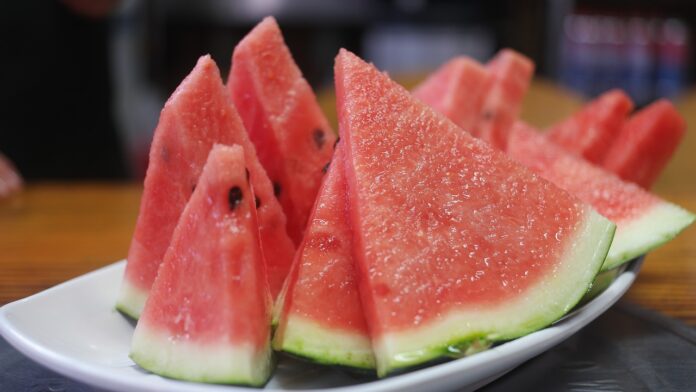Juicy, red, ripe watermelons—many people simply love them. Growing them, by the way, is not very difficult, especially compared to some other crops. With warmth, suitable soil, and decent humidity, watermelons can grow like crazy, sometimes reaching truly gigantic sizes.
Facts About Watermelons
- Watermelons come in various colors, not just the familiar green with stripes. For example, there are white or yellow watermelons, with the latter being particularly popular in Southeast Asia.
- The color of watermelon flesh can also vary, ranging from different shades of red to yellow or white.
- Botanically, watermelon belongs to the gourd family.
- The Turkic word from which the name “watermelon” is derived literally means “donkey cucumber.”
- The historical homeland of the watermelon is the southern regions of Africa.
- China ranks first in the world for watermelon production, followed by Turkey and Iran.
- Watermelon vines can grow up to 4 meters in length.
- Watermelon seeds contain 20-25% fatty oil.
- There are only about 38 calories in 100 grams of watermelon flesh, making it a dietary product.
- Archaeologists have discovered ancient watermelon seeds in modern-day Libya that are about 7,000 years old.
- The officially recorded heaviest watermelon weighed almost 90 kg.
- The Japanese have developed square watermelons to save on transportation costs since more rectangular fruits can fit in the same container than round ones.
- There is a variety of watermelon that contains no seeds. Like some other cultivated plants, these watermelons cannot reproduce without human intervention.
- Watermelon rind is also entirely edible. It can be used to make jams and jellies or pickled and eaten. Watermelon seeds can be roasted and eaten just like pumpkin seeds.
- The watermelon fruit we eat is technically a berry, not a fruit.
- Geneticists have created a hybrid of pumpkin and watermelon, which they named “kavbuz.” The kavbuz has the color of pumpkin flesh but the juiciness, sweetness, and pleasant aroma of watermelon. The hybrid’s main advantage is its hardiness.
- Watermelons contain a fair amount of sugars, but all are well absorbed by the body, making watermelon an excellent thirst quencher.
- In Ukraine, in the Kherson region, there are two monuments dedicated to watermelons.
- International Watermelon Day is celebrated on August 3.
- In addition to large watermelons, there are also dwarf varieties, only 3-4 centimeters long. They taste like fresh cucumbers.
- The most expensive variety of watermelon in the world is “Densuke,” bred in Japan. These watermelons are distinguished by their black rind, red flesh, and lack of seeds.
- About 90% of a watermelon’s weight is water.
- Watermelons were depicted on the walls of some ancient Egyptian tombs and mentioned in ancient medical treatises.
- Watermelons first arrived in Europe during the Middle Ages, brought back by Crusaders.
- The red color of watermelon flesh is due to lycopene, a powerful natural antioxidant.
- There are currently over 1,200 different varieties of watermelon.
- Watermelon flesh contains virtually no proteins or fats.
